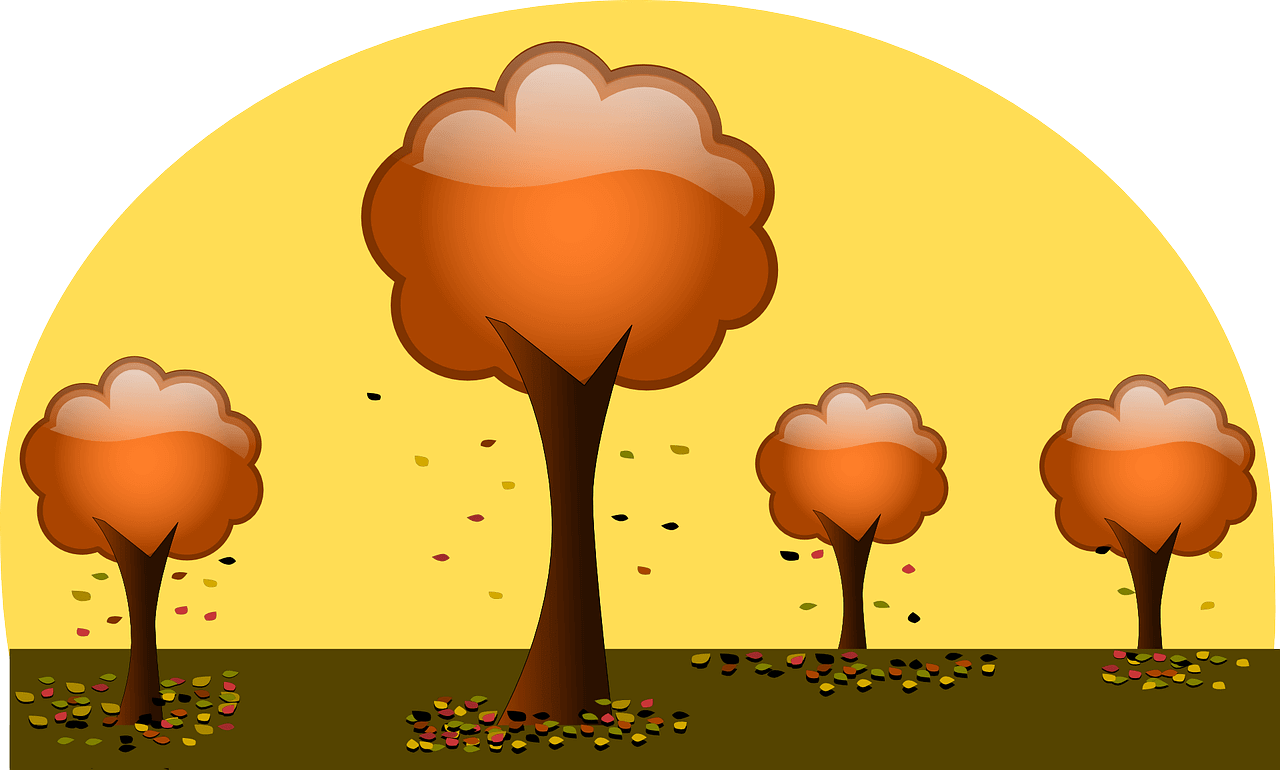When trees drop their leaves any other time except when it’s expected in the fall it can cause us to panic! Is my tree sick? Does it have bugs? Was it damaged?
All valid questions but before we jump to treat the problem we need to consider the natural reason for leaf drop. Just like all living things, trees react and adapt to their environment. If we have a relatively normal spring with cool temperatures and lots of rain trees are in their glory! They are soaking up the water and putting out leaves at a fast rate. Now, if we have a year where one day it’s a cool wet spring and BAM, the next day its 85 with no rain in sight, the tree reacts and slams on the brakes!
You can almost hear the tree saying, Danger…not enough water… must conserve resources… too many leaves…must shed the excess!! And that’s exactly what it does. This process is a natural defense and your tree should bounce back just fine next year.
Some tree varieties are more tolerant of these abrupt weather changes, as are older established trees. It’s important to maintain consistent watering for trees less than two years old as strong root growth will help them handle environmental stress.
There are times to be concern about early leaf drop. If this type of weather returns over consecutive seasons it’s the perfect set up for disease. Cool and wet followed by abrupt heat and humidity. If early leaf drop is accompanied by brown areas or spots and lesions then you need to consider diseases.
Another telltale sign that the problem is bigger than the trees natural resource conservation is dying branches. If branches are snapping off the tree or, if small twigs are braking rather than bending, the issue warrants a closer look.
But let’s not forget about bugs! This problem can be a bit easier to identify. Webs, cocoons, droppings or eggs are all clues that your tree may be suffering from a pest.
Many diseases and insects are tree specific, so for the best diagnosis its best to bring a sample into the Garden Center where our experts can help identify the problem and recommend the appropriate treatment.

